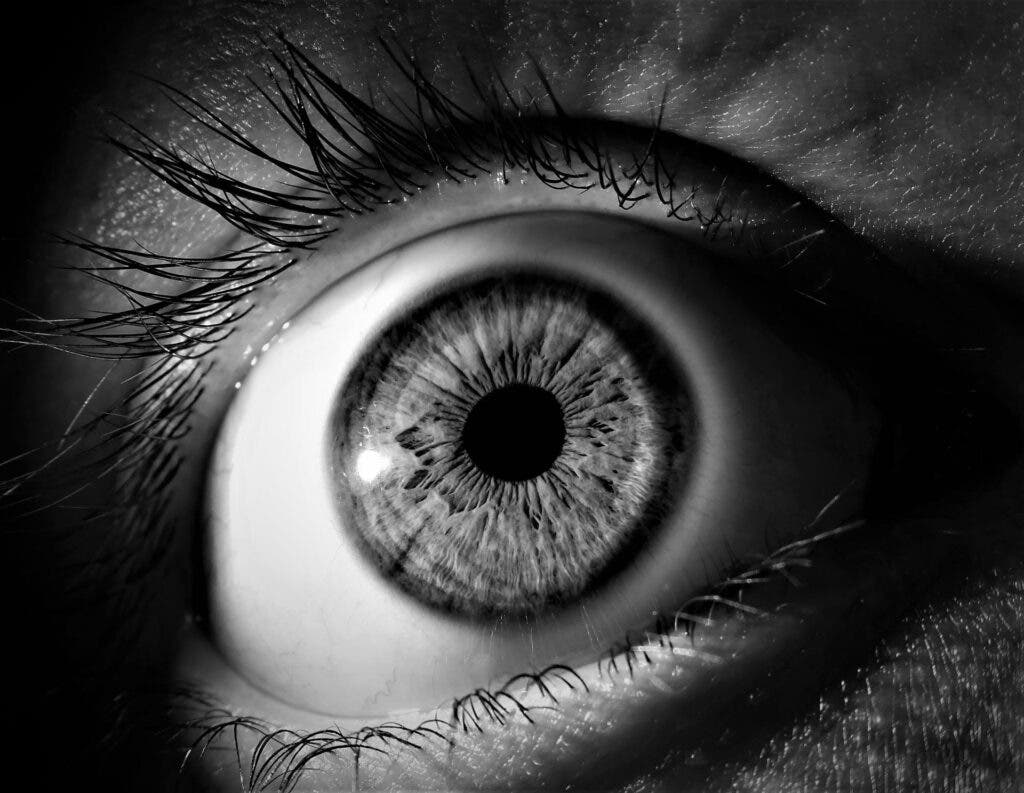
In what is heralded by experts as a groundbreaking study that could transform vision research, scientists at the University of Utah and Scripps Research have successfully revived light-sensing neuron cells in the eyes of a donor that had died only a few hours prior. The nerve cells could once again communicate with each other in the retina following the intervention, essentially reviving them.
“We were able to wake up photoreceptor cells in the human macula, which is the part of the retina responsible for our central vision and our ability to see fine detail and color,” explains Fatima Abbas from John A. Moran Eye Center at the University of Utah, lead author of the new study. “In eyes obtained up to five hours after an organ donor’s death, these cells responded to bright light, colored lights, and even very dim flashes of light.”
Some human organs remain functional and viable for transplant several hours after a patient dies. But that’s not something we can say about nervous system tissue, which is among the first to shut down completely due to oxygen deprivation.
Abbas and colleagues embarked on this study in order to better understand why nerve cells are destroyed by the lack of oxygen, and they chose the retina as a model of the central nervous system.
Scripps Research Associate Professor Anne Hanneken managed to procure organ donor eyes in under 20 minutes from the time of death to keep damage from oxygen deprivation to the nerve cells to a minimum. The eyes were placed in a special transportation unit that provided artificial blood, oxygen and nutrients via a network of heaters and pumps.
Using a special device designed for this study, the researchers stimulated the retina of the donor eyes and measured the electrical activity of the cells inside. When we see things due to light hitting the retina, specific electrical signals called “b-waves” are generated. But this signal is totally absent not long after a person dies, even if you aim a flashlight directly into the eyes.
With this approach, however, the researchers could stimulate the retina and measure “b-waves” for the first time in postmortem human eyes.
“We were able to make the retinal cells talk to each other, the way they do in the living eye to mediate human vision,” Moran Eye Center scientist Frans Vinberg said in a statement. “Past studies have restored very limited electrical activity in organ donor eyes, but this has never been achieved in the macula, and never to the extent we have now demonstrated.”
This method is a proof of concept for reviving neurons from the central nervous system at large, so it could be adapted to restore electrical communication in neural tissue from the spinal cord or maybe even the brain. For now, a better understanding how oxygen deprivation strangles signals produced by the retina could help scientits address specific neurodegenerative diseases that affect eyesight, including age-related macular degeneration.
But the findings also raise big questions about the very nature of death. Formally, a person is declared deceased when neural activity is lost. But if methods like these can be used to revive and restore communication among cells, could we bring some people back from the dead? Provided their neural activity was lost for only a few minutes, that may indeed be a plausible possibility in the future. Brain death, as it is currently defined, may not actually be truly irreversible, shocking as that may sound.
Already, there is some progress. In 2019, a team from Yale University shocked everyone when they managed to restore circulation and cellular activity in a pig’s brain four hours after the animal’s untimely death. The scientists found that many basic cellular functions, once thought to cease seconds or minutes after oxygen and blood flow cease, could be restored. However, they were not able to also restore global neural activity.
Resurrecting dead humans is, granted, a pretty lofty goal, which is why the researchers at Utah University are content with making more modest gains, such as revolutionizing human vision research.
“The scientific community can now study human vision in ways that just aren’t possible with laboratory animals,” says Vinberg. “We hope this will motivate organ donor societies, organ donors, and eye banks by helping them understand the exciting new possibilities this type of research offers.”
The findings appeared in the journal Nature.


